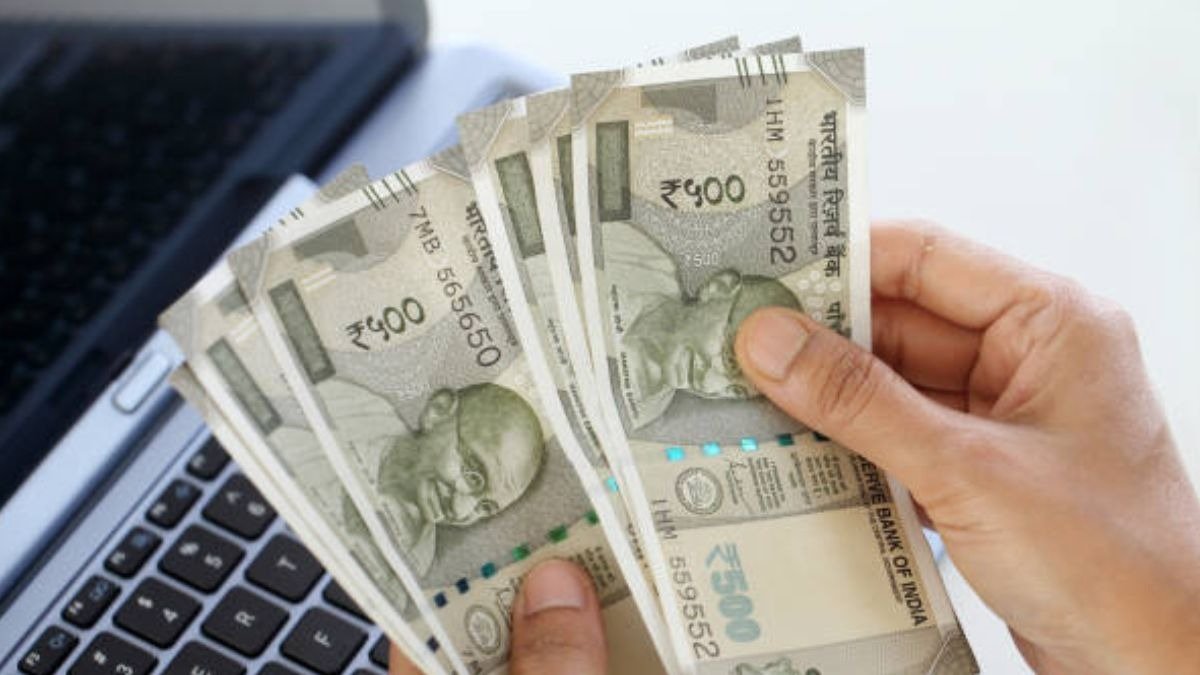A ₹70 lakh salary once symbolized affluence in urban India. Now, it barely covers the basics. In a LinkedIn post, Bengaluru-based educator Ravi Singh lays bare the financial fragility facing India’s salaried elite—and why even top earners are finding themselves with nothing left to save.
Singh breaks it down: From ₹70 lakh in gross annual income, ₹20 lakh goes to taxes, leaving ₹50 lakh in hand—or ₹4.1 lakh a month. What follows is a brutal erosion.
A home loan EMI of ₹1.7 lakh eats up 41% of monthly income. A car loan takes another ₹65,000. School fees cost ₹50,000, and domestic help adds ₹15,000. The remainder—₹1 lakh—is split across basic needs: groceries, utilities, a modest vacation fund, and miscellaneous expenses.
“Result: Zero savings. Zero retirement fund,” Singh writes.
The post argues that high costs in cities like Mumbai, Gurgaon, and Bangalore are pushing even well-paid professionals into a paycheck-to-paycheck existence. Singh cites three culprits: an inflation explosion in top metros, housing prices up to 30 times the annual income, and the constant pressure to keep up with social media-driven lifestyles.
“This is the financial reality of the urban middle class,” Singh warns. His advice is clear: reconsider the long-term impact of big-ticket loans, especially housing. “Think twice before that housing loan,” he cautions.
The post ends on a note of reflection: “What’s your biggest expense eating your income?” The question has resonated widely, sparking a broader conversation about cost of living, saving discipline, and the illusion of wealth in India’s high-pressure urban economy.





